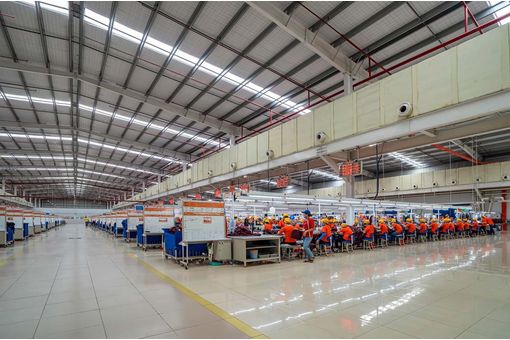NY futures continue to decline this week
The main culprit behind the market’s weakness is the dismal technical picture, which is prompting speculators to get out of long positions. However, the trade is complicit in the market’s downturn, as it hasn’t been doing much to stop the bleeding.
Interestingly, while the futures market has hit the skids, physical prices have held up comparatively well. Although July is down by over 14 cents from its 94.20 high on March 15, physical prices have lost only about half of that.
For example, prices paid by mills for high-grade West African styles have fluctuated between 90.00 and 97.00 cents C&F Far East during that same time frame, and merchants seem to be in no hurry to discount the relatively small unsold inventory they still own, especially since the market is now offering a decent amount of carry.
While most markets remained relatively quiet this week despite the drop in prices, Chinese buyers were rather active, especially in non-US growths. Reports from Australia indicate that China bought large amounts of cotton over the last two weeks and they seem to be hungry for more, although unsold supplies are apparently down the last 20-25% of the crop.
With Chinese domestic prices frozen near 140 cents/lb, a drop in international prices provides a big incentive to import, provided there are quotas available. By participating in the “3-for-1” scheme (buy three domestics bales at auction and get one bale of imports), mills have already earned the right to 2.9 million bales in additional quotas and this number increases daily.
Another way to import is to simply pay the full 40% duty, in which case no quotas are necessary. This of course only makes sense when international prices are below a certain threshold. With the A-index slipping below 90 cents again, international prices are now within a couple of cents of making these 40% duty imports viable, which should provide massive support underneath the market.
The much hyped-up rain event in West Texas over the Memorial Day weekend failed to deliver as advertised. A few stations did get a decent amount from thunderstorms, but we estimate that around 80% of the dryland acreage in the High Plains didn’t get much more than a sprinkle or nothing at all. In other words, the situation has hardly improved and insurance deadlines (June 1 – June 20) are fast approaching.
Therefore, barring any last minute change for the better, we are likely to see a rather high abandonment of dryland acres this season. We were somewhat surprised that the market shrugged off this disappointing news from Texas, but maybe there will be some reaction once the insurance adjusters have passed through.
So where do we go from here? The technical picture looks awful and with specs owning a fairly large net long position (6.9 million bales as per CFTC report of May 21), it is not surprising that we have been seeing some pressure from spec long liquidation. However, while charts provide a powerful trading tool in a free market environment, we should probably not lean too heavily on them when there is government interference.
































-Ltd..jpg?tr=w-120,h-60,c-at_max,cm-pad_resize,bg-ffffff)





.jpg?tr=w-120,h-60,c-at_max,cm-pad_resize,bg-ffffff)
.jpg?tr=w-120,h-60,c-at_max,cm-pad_resize,bg-ffffff)






